Jasmine vine
yelmbackyard
14 years ago
Related Stories
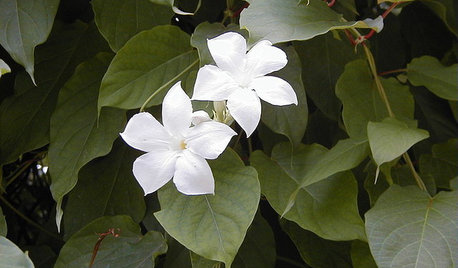
GARDENING GUIDESGreat Design Plant: Chilean Jasmine
Heavenly scented white blooms are the draw with this alluring vine, a treat for gardens through summer and into fall
Full Story
LANDSCAPE DESIGNSee 5 Unexpected Ways to Use Vines
Vines can grow over slopes, trail off pergolas and add seasonal color to the garden
Full Story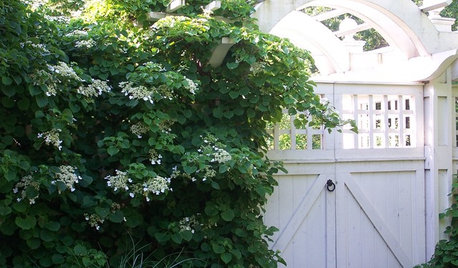
FALL GARDENING6 Deer-Resistant Flowering Vines to Plant This Fall
Have a major deer problem? Here are some of the only vines that have a chance of not being eaten
Full Story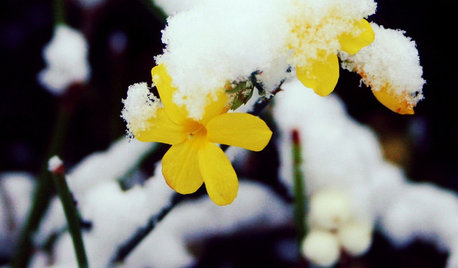
YELLOW FLOWERSGreat Design Plant: Winter Jasmine Gladdens Snowy Gardens
Sunny yellow flowers defy the frost, bringing cheer to the garden on gray days
Full Story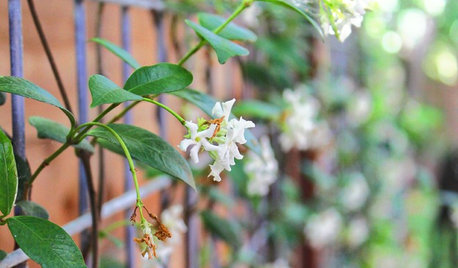
GARDENING GUIDESGreat Design Plant: Fragrant Trachelospermum Jasminoides
This graceful vine’s scented white flowers attract admirers near and far
Full Story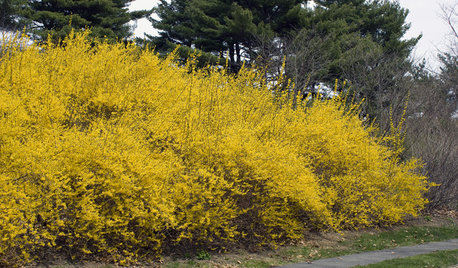
SPRING GARDENING8 Sunny Spring Flowers
Add a burst of yellow to the garden with forsythia, witch hazel, winter jasmine and more
Full Story
PLANTING IDEASGreat Garden Combo: Rose + Clematis for Small-Space Impact
We all need somebody to lean on. And when a rose supports a climbing vine, the results can totally transform a small garden
Full Story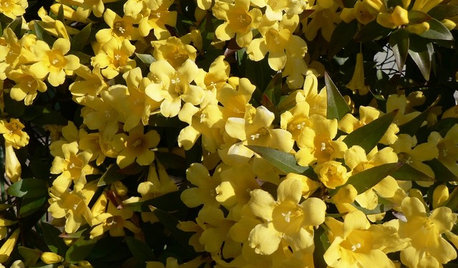
GARDENING GUIDESGreat Design Plant: Gelsemium Sempervirens
Plant Carolina jessamine in fall, and its flowers will signal spring before any other plants start blooming
Full Story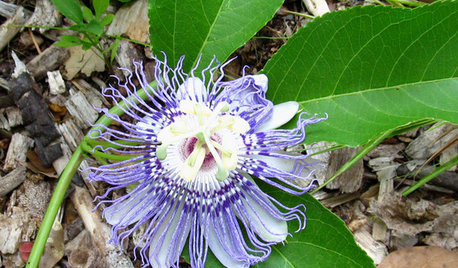
GARDENING GUIDESGreat Design Plant: Passiflora Incarnata
Enjoy the amazing flowers and edible fruit of U.S. native Passiflora incarnata (also known as maypop) — the butterflies sure do
Full Story
SPRING GARDENINGSummer Crops: How to Grow Strawberries
Pluck your own sweet strawberries right from the garden vine for smoothies, salads or eating then and there
Full Story








Embothrium
muddydogs
Related Professionals
Harrison Landscape Architects & Landscape Designers · North New Hyde Park Landscape Architects & Landscape Designers · Redondo Beach Landscape Architects & Landscape Designers · Milford Landscape Contractors · Canton Landscape Contractors · Doctor Phillips Landscape Contractors · Gresham Landscape Contractors · Live Oak Landscape Contractors · New Baltimore Landscape Contractors · Paterson Landscape Contractors · Bloomington Fence Contractors · Chaska Fence Contractors · Redondo Beach Fence Contractors · Duarte Fence Contractors · Brookhaven Outdoor Lighting & Audio Visual Systemsgardengal48 (PNW Z8/9)
Embothrium
hemnancy
Embothrium
hemnancy
Embothrium
hemnancy
Embothrium